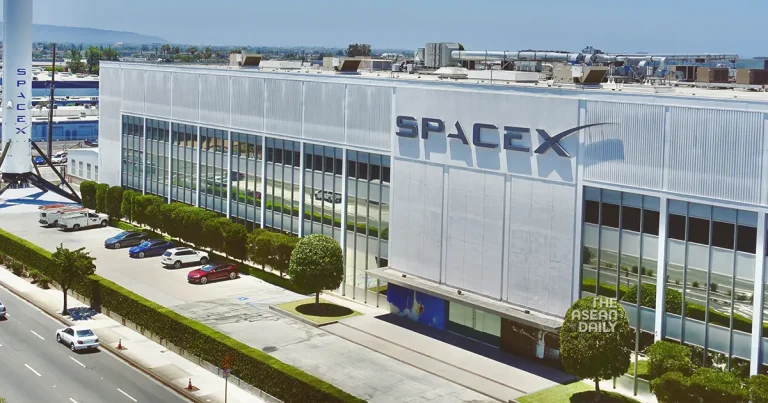19-3-2024 (BEIJING) Chinese military and state-run media have issued stern accusations against the United States, alleging threats to global security in light of revelations regarding SpaceX’s involvement in building hundreds of spy satellites for a US intelligence agency.
A recent Reuters report disclosed that SpaceX’s Starshield unit is spearheading the development of this satellite network under a classified US$1.8 billion (S$2.4 billion) contract with the National Reconnaissance Office (NRO). Citing insights from five sources familiar with the programme, the report underscored the significant role SpaceX plays in this secretive endeavour.
In response, a social media account managed by the People’s Liberation Army (PLA) condemned the SpaceX programme as indicative of US “shamelessness and double standards,” particularly as Washington routinely accuses Chinese tech companies of posing security threats. The PLA’s Junzhengping account on social media platform Weibo, boasting 1.1 million followers, urged US entities to refrain from aiding what it deemed as villainous actions.
Furthermore, Wang Yanan, chief editor of Aerospace Knowledge, a magazine affiliated with the ruling Communist Party, expressed concerns over the SpaceX satellite project’s implications for global security and stability. In an interview with The Global Times, a Chinese state-controlled newspaper, Wang highlighted the potential for heightened sensitivities and escalations resulting from US intelligence reconnaissance efforts.
Notably, the report did not mention SpaceX CEO Elon Musk or his other ventures, including electric vehicle manufacturer Tesla, which boasts a significant manufacturing presence in China.
While the NRO acknowledged its mission to develop space-based surveillance systems, it refrained from divulging specifics regarding SpaceX’s involvement. Similarly, SpaceX, the world’s largest satellite operator, remained silent on inquiries regarding the contract.
It’s crucial to distinguish the planned Starshield network from Starlink, SpaceX’s burgeoning commercial broadband constellation. Starlink, currently comprising approximately 5,500 satellites, aims to provide near-global internet coverage to consumers, businesses, and government entities.
Chinese researchers within the PLA have closely monitored the deployment of Starlink, particularly in the context of the conflict in Ukraine, raising concerns about potential risks to China. In response, China has articulated plans to initiate the construction of its own satellite constellations, aligning with its strategic objectives in space exploration and surveillance.




